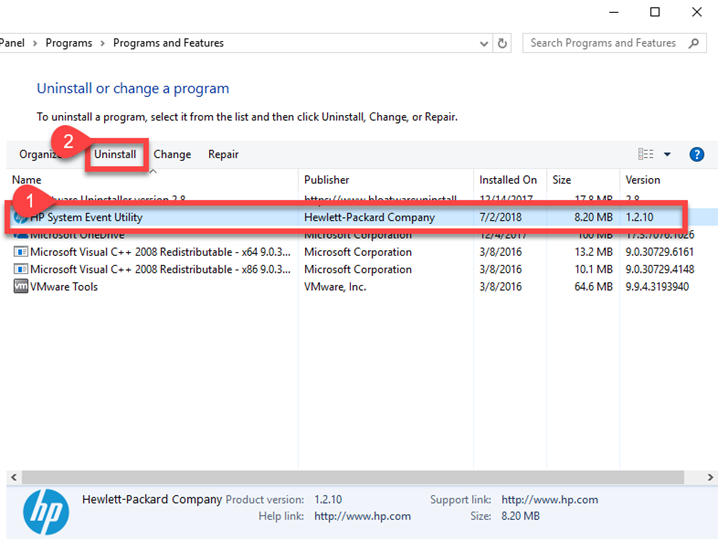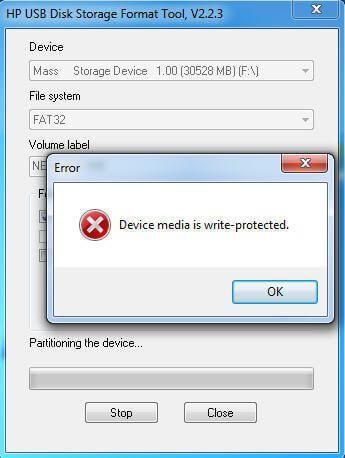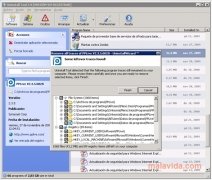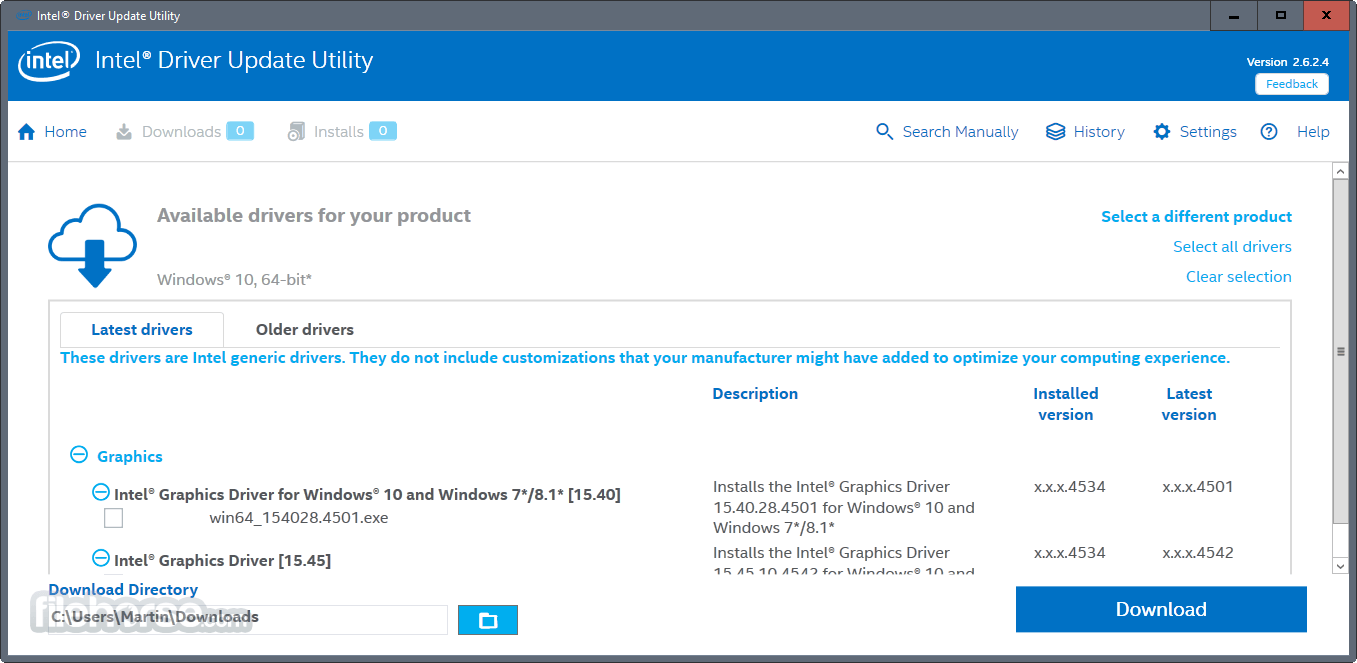

Thankfully, Microsoft now makes it easier for anyone to download the installation files for any major version of the operating system. You'll need the installation files to go through this process. This option requires more time and more steps, but it's the best choice that will get you back to your previous version with the least number of issues. And you'll have to reinstall all your apps and recover your personal files from backup. It'll erase everything on your computer, including settings, apps, and data. This process will require you to supply the product key for your copy of the operating system. The third option is uninstalling Windows 10 by doing a clean install of Windows 7 or Windows 8.1. If the option to go back to the previous version of Windows isn't available in the Settings app, and you don't have a full backup that you can use to revert, you can use the third option.

The Hard Way How to uninstall Windows 10 using the clean installation option It's worth mentioning that if your PC manufacturer included a recovery option, you might be able to use it to restore your computer using the factory settings. Remember to reinstall any applications you installed when you upgraded to Windows 10 and do not forget to restore any new files from backup as well.

If you didn't create one during backup, follow these instructions: You'll need a repair disc to boot your computer into the Windows Recovery Environment to restore the previous version. If you have previously created a full backup, you can now use it to go back to the previous version of the operating system. There are no excuses: No matter what, you should periodically make a full backup of your computer - you never know when it will come in handy.

The Slightly Less Easy Way How to uninstall Windows 10 using the full backup option In that case, you still have some choices: You can go back using a previous backup, or you can do a clean install of the operating system. If you don't see the option on the Settings app to go back to the previous version, you're either trying to uninstall Windows 10 after the first month you performed the upgrade or there is something else wrong with your computer. If you need those settings or apps back, you'll have to go install them again. Keep in mind that uninstalling Windows 10 from your computer will remove apps and settings configured after the upgrade.


 0 kommentar(er)
0 kommentar(er)
